The tourism industry is one of the largest in the world, not to mention one of the most exciting!
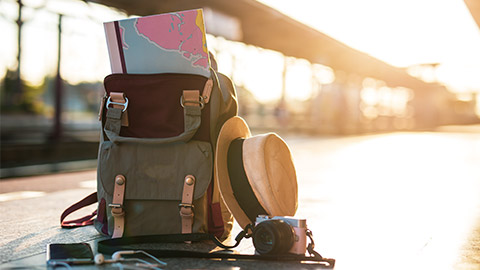
Let's explore the tourism industry as a whole; why it exists, how it is sustained and how it is grown. We’ll look at several things:
- The three components of tourism which must be present in order for tourism to exist.
- The model which is used to gather and analyse data which in turn is used to create new tourism opportunities and improve current situations, therefore sustain the global tourism industry.
- The nature of the tourism business.
What is Tourism?
Tourism is made up of three components, all of which must be present or tourism wouldn’t exist! It’s the three P’s which make tourism.
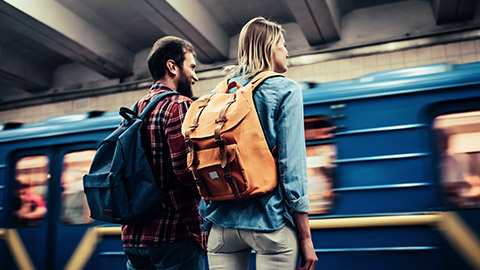
Let’s look at the component of people. Without people, tourism wouldn’t exist. Why would this be? If there were no people to experience the place or product, then tourism wouldn’t be a viable or sustainable industry, as there wouldn’t be a demand.
The role people play in tourism
- People create the demand for tourism, by travelling, seeing, doing and spending, which in turn creates the tourism products for people to experience.
- People operate, manage and maintain the tourism products which the tourists can experience. Not only are people the tourists who sustain the tourism industry, but people are also the driving force behind most products.
There are basically two types of tourism:
- Leisure / Recreational
- Travel which a person undertakes for the purpose of pleasure.
- Business / Corporate
- Travel which a person undertakes for the purpose of business.
There are many types of travellers and there are many purposes for which a person may travel. Let’s have a look at the types of travellers and their purpose.
- Holiday makers
- People in transit
- Excursionists
- People on business
- Visiting friends and relatives
Transit
There are many reasons why a person may transit a place before arriving in their final destination. A transit stop may be because a person needs to fill up with fuel or stop for a quick break while driving from Invercargill to Christchurch.
It could be scheduled as a stop, as per a travel itinerary of an airline or coach company. The reasons why a company will have scheduled stops along their journey’s route vary. It could for the purpose of picking up or dropping off passengers, or filling up with fuel, or simply taking a break.

A transit or stopover?
Do you think these two terms mean the same thing? You may have heard people using the term ‘stopover’ but people use this term incorrectly quite often. E.g. “I’m flying to London tomorrow, but I have a stopover in Los Angeles first for a few hours”. In this scenario, the stop in Los Angeles is actually a transit as the stop itself is less than 24 hours.
A correct example of a stopover – “I’m departing for London tomorrow, but first I have a stopover in Los Angeles for two days.” In this scenario the stop in Los Angeles exceeds 24 hours, therefore this is considered a stopover.
Remember:
A TRANSIT is a stop in a place for less than 24 hours.
A STOPOVER is a stop in a place which exceeds 24 hours.
The terms “in transit” and “stopover” can be used for all types of travel; air, land, sea and domestic and international.
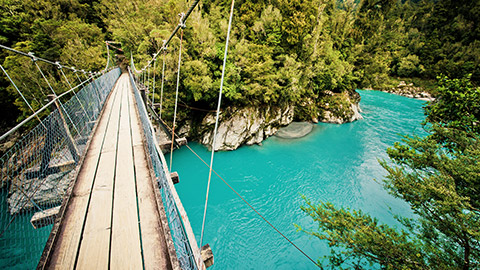
The second component of tourism we’ll now look at is places.
Places are destinations (towns, cities or places of interest) which are of interest to tourists; which tourists can travel to, visit or stay and play in. Places also make a tourist’s journey as there is always an origin and a destination, and sometimes transit point(s).
Tourists may have more than one destination in their holiday, and more than one transit point, as part of their journey.
Using the map of New Zealand below, identify what you think are the top 10 places to visit in New Zealand. On the discussion forum share your top 10 picks, and explain why you have highlighted these places.

A Journey's Route
As mentioned earlier, places also make up a journey’s route. Every journey which a person makes will have an origin and a destination, and possibly transit points.
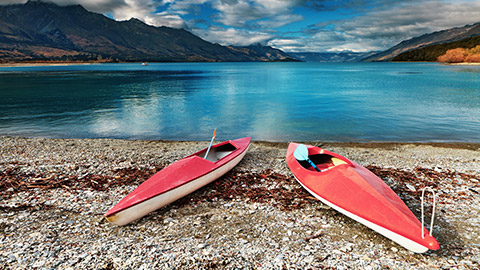
The third and final component of tourism is products. Without products, tourism wouldn’t exist. There must be something for the tourist to see or do, something which motivates the tourist, otherwise they wouldn’t have a purpose to travel for.
Products of tourism may be many things. Basically a product is anything that a traveller may need to purchase in order to travel or participate in tourism. Tourism products can be purchased at the origin, in transit or at their destination. They may be purchased before travel commences or during the travel itself. Products in tourism are found in the following sectors;
- Accommodation
- Transportation
- Activities and Attractions
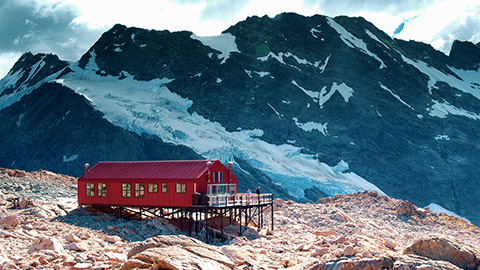
Examples of tourism products include: accommodation, rental cars, air tickets, rail passes, activities and sightseeing tours, attraction entry tickets etc. However, remember its people who operate, manage and maintain the tourism products.
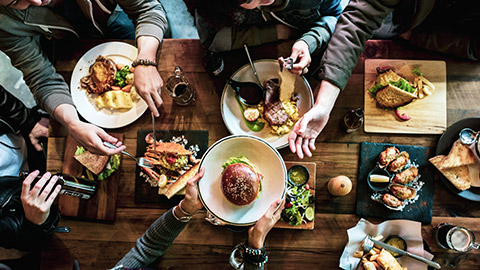
Ancillary Services
Many people don’t think about the supporting products and services of which a tourist may require. However these are vital to the success of tourism.
Tourists will want to eat out, go shopping, be entertained, and have access to banks etc. If a tourist destination does not have these then tourists might decide to miss out on going to visit this place or not stay as long.
Ancillary services include duty free shops, bars, restaurants, cafés, entertainment, shopping, financial services (banks, foreign exchange), and tourist publications such as brochures.
People
People create a demand for tourism places and products. It’s the demand from people which allows tourism to continue and grow.
People travel for the purpose of either leisure or business. The kind of people who travel are holiday-makers, VFR (visiting friends and relatives), excursionists, people in transit and people on business.
Places
Places make up a journey; origin, transit points and destination/s. Places are of interest to a tourist.
Products
A product is anything that a traveller may need to purchase in order to travel or during their travels whether it’s at the origin, transit or destination.
Tourism products are;
- Activities and Attractions.
- Transport – flights, shuttle services, cruise ships, ferries etc.
- Accommodation – hotels, motels, resorts, backpackers, lodges etc.
- Ancillary Services – financial services such as banks and foreign exchange, cafés, restaurants, shopping, entertainment and tourist publications (e.g. from Information Centres).
